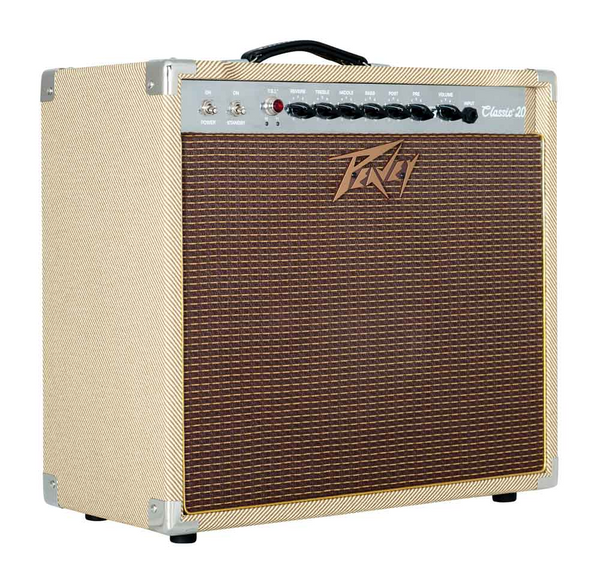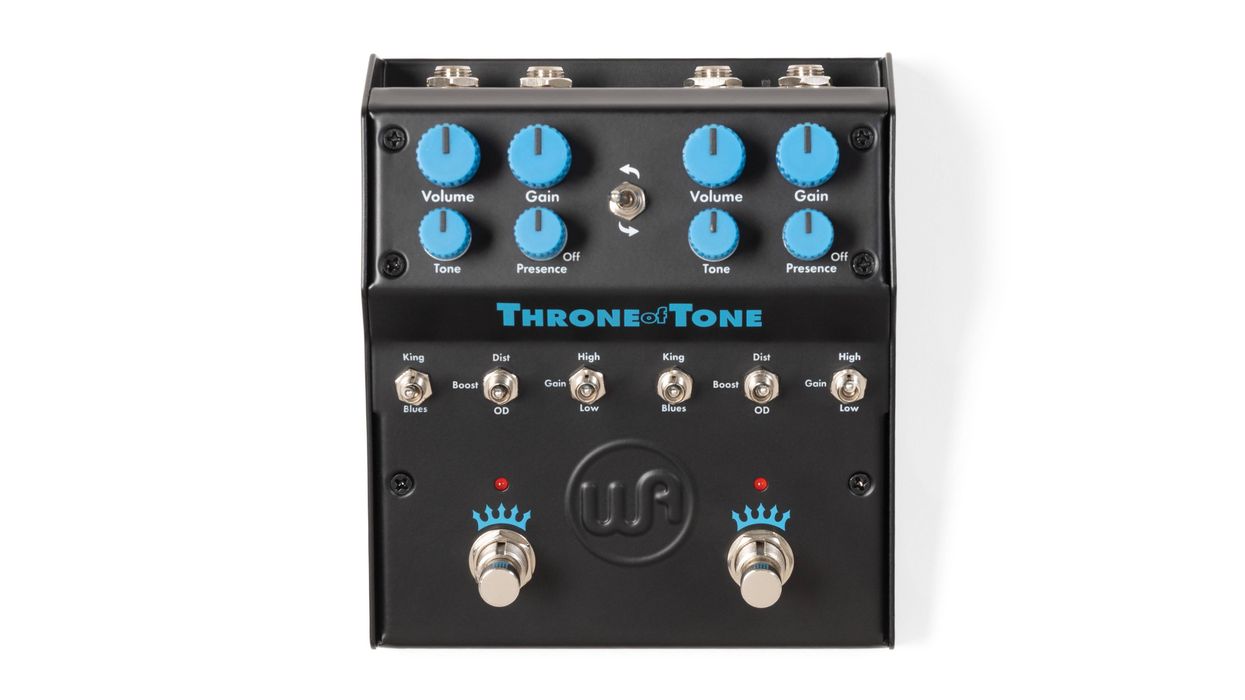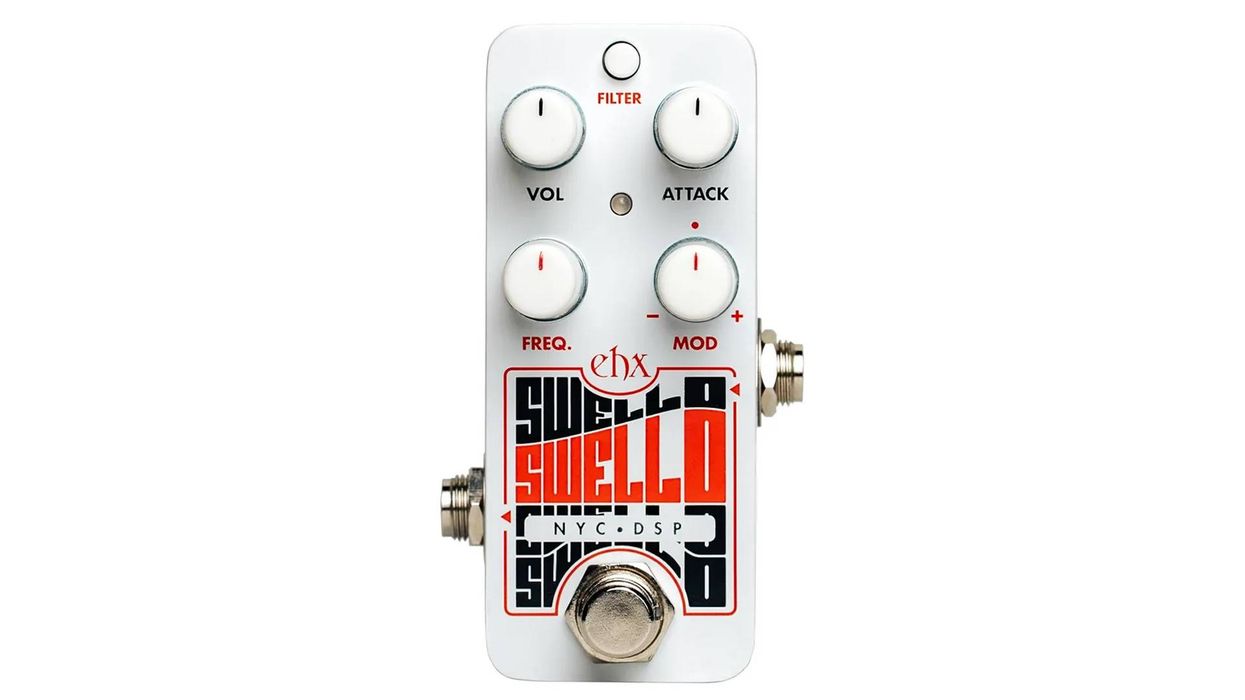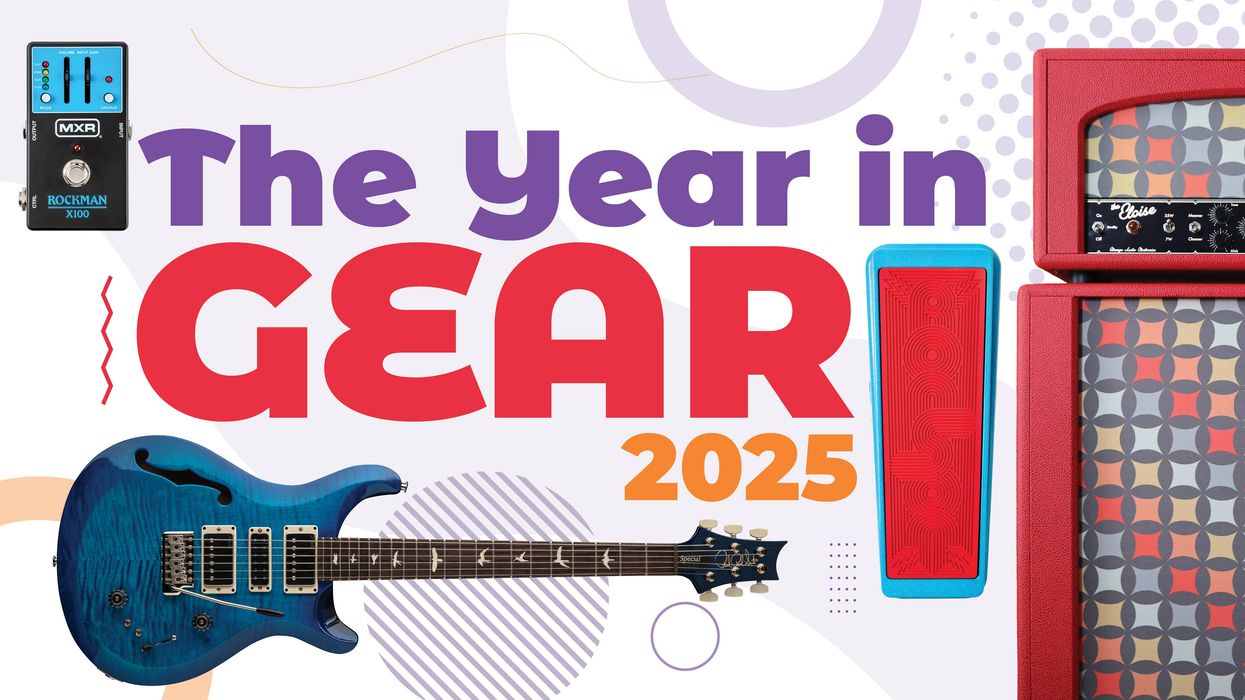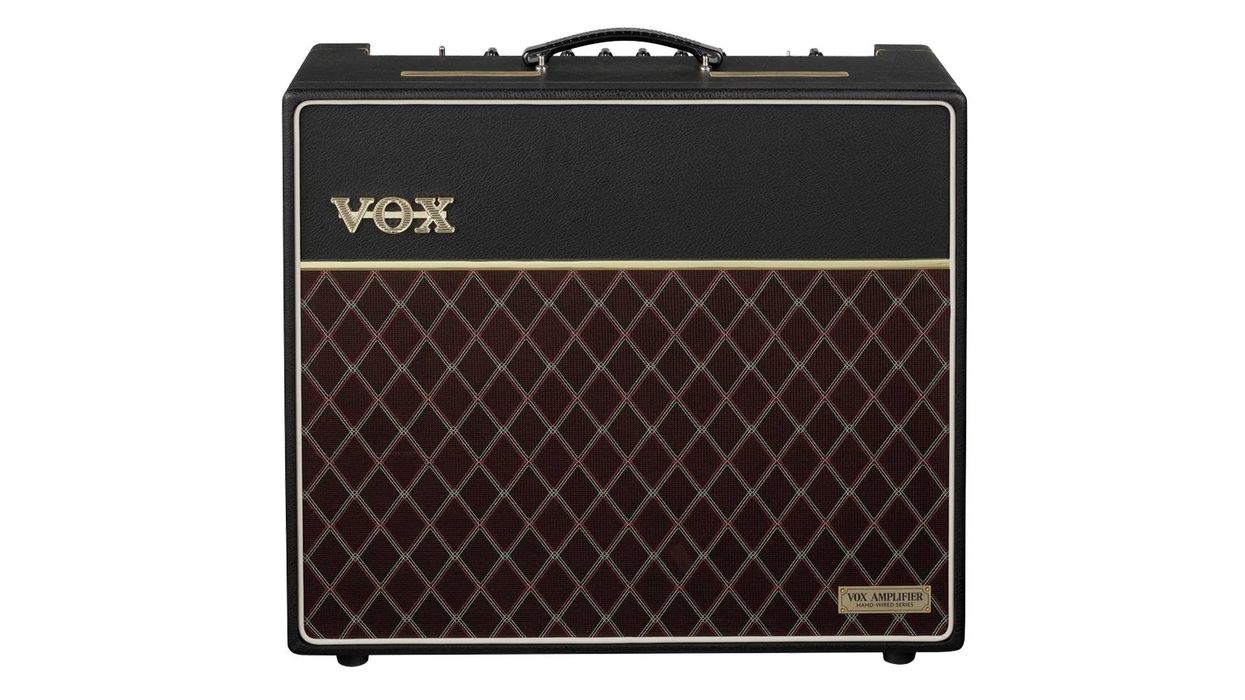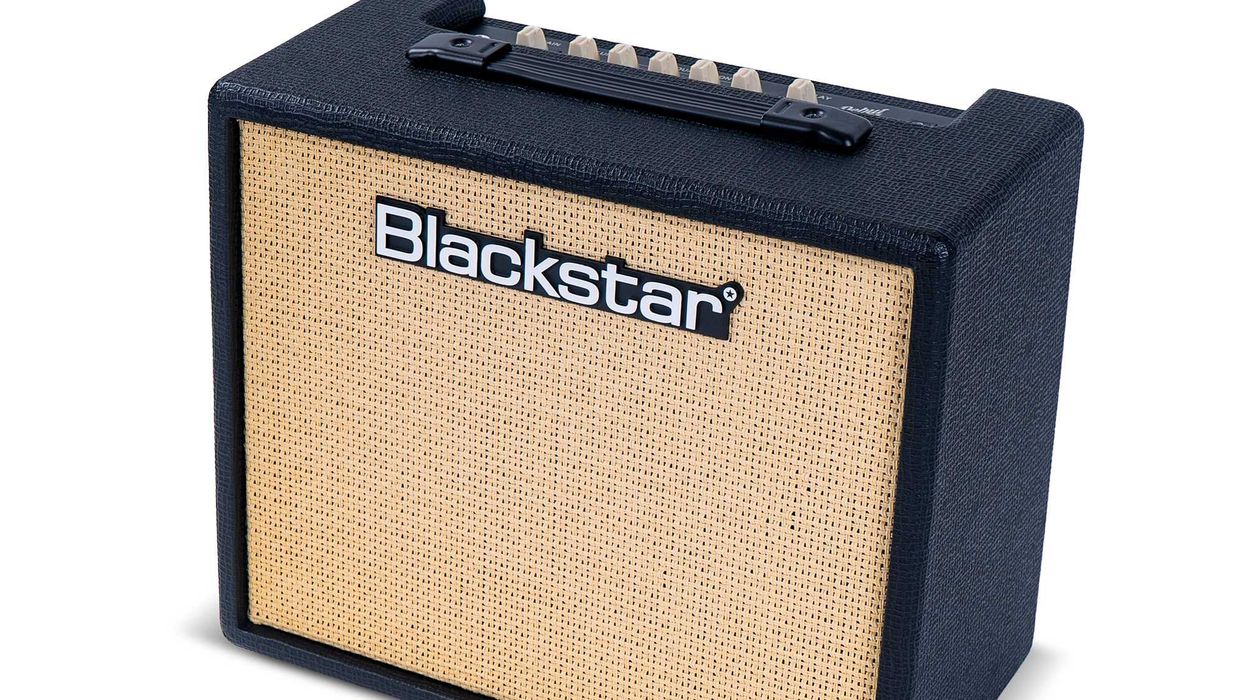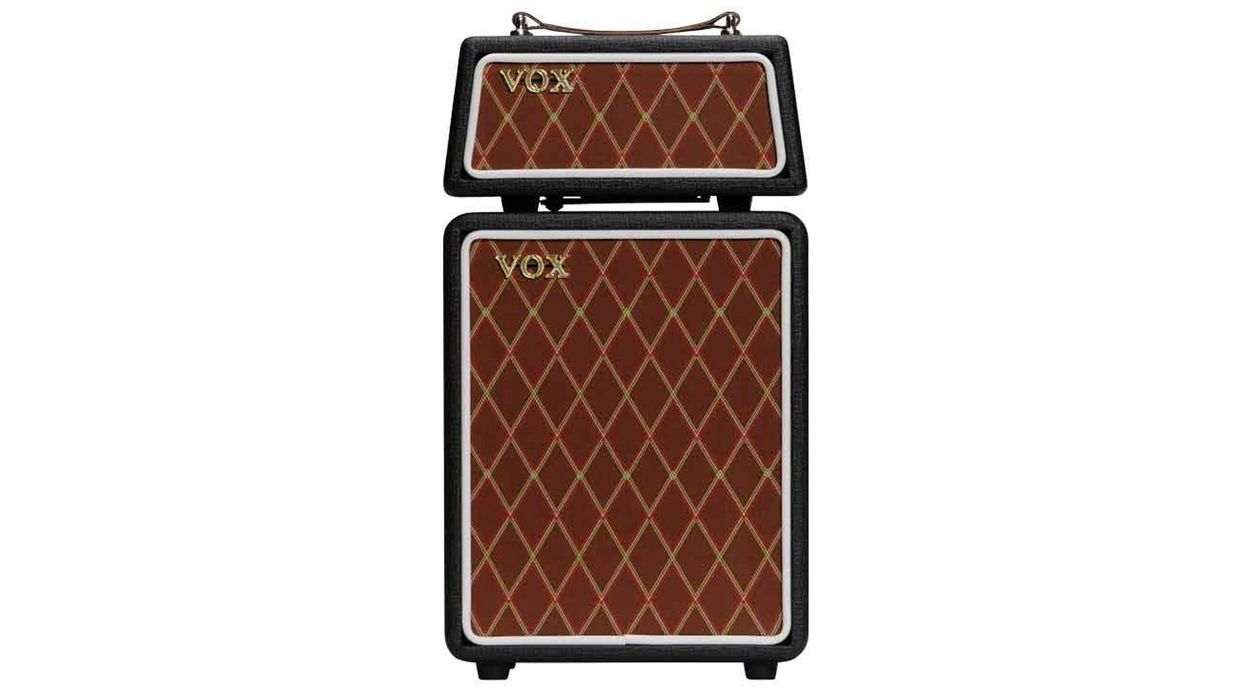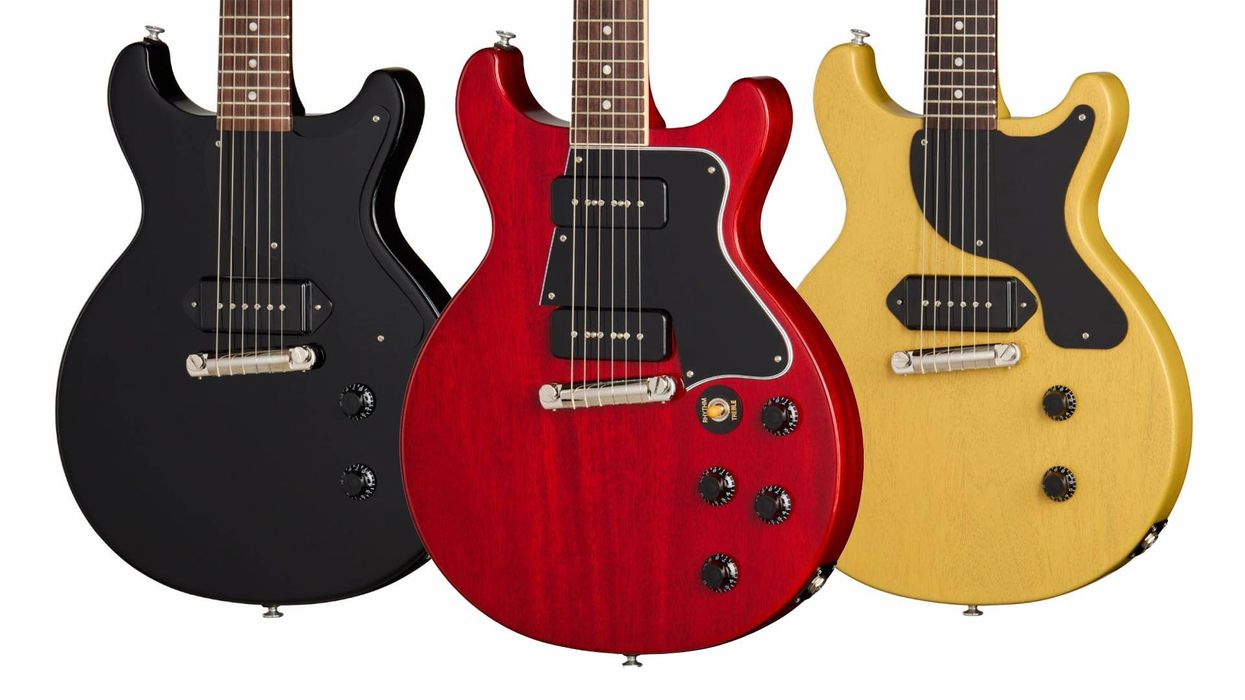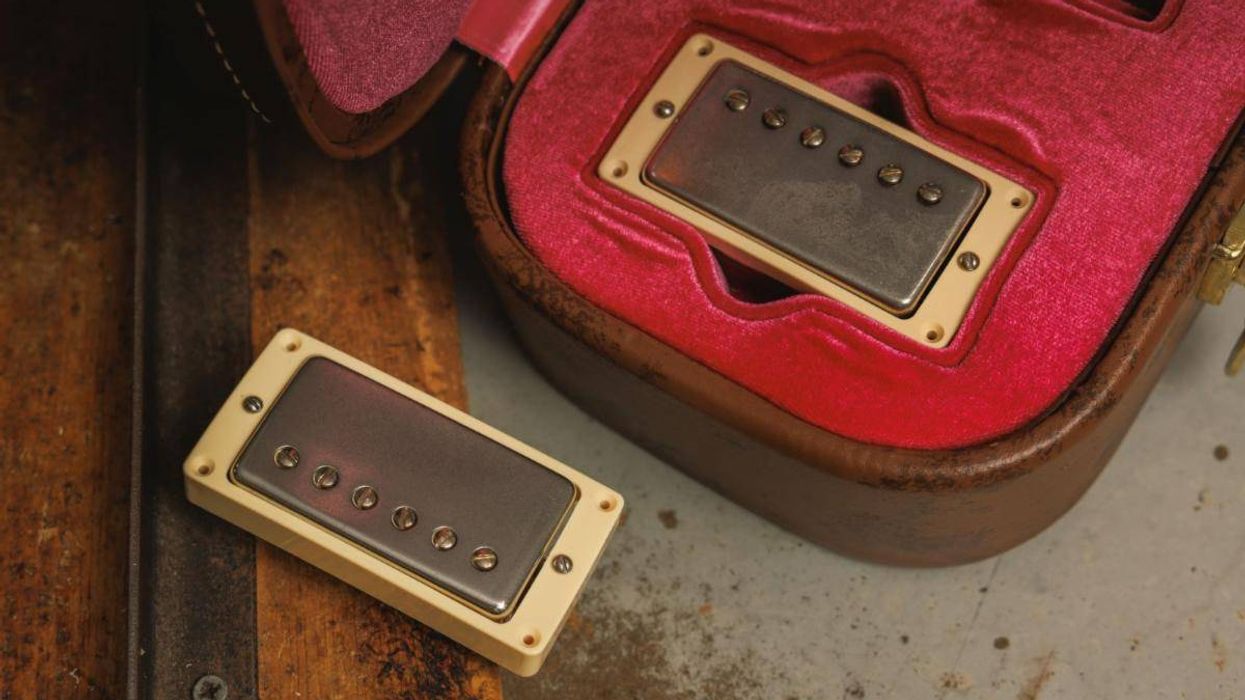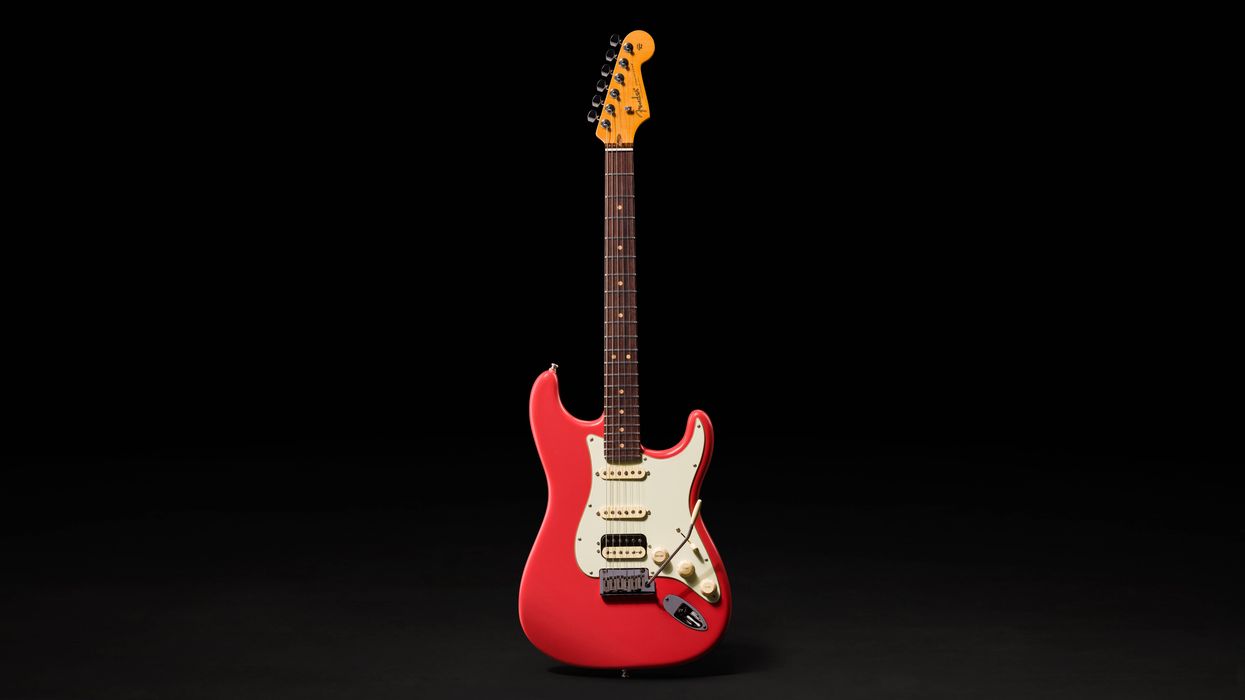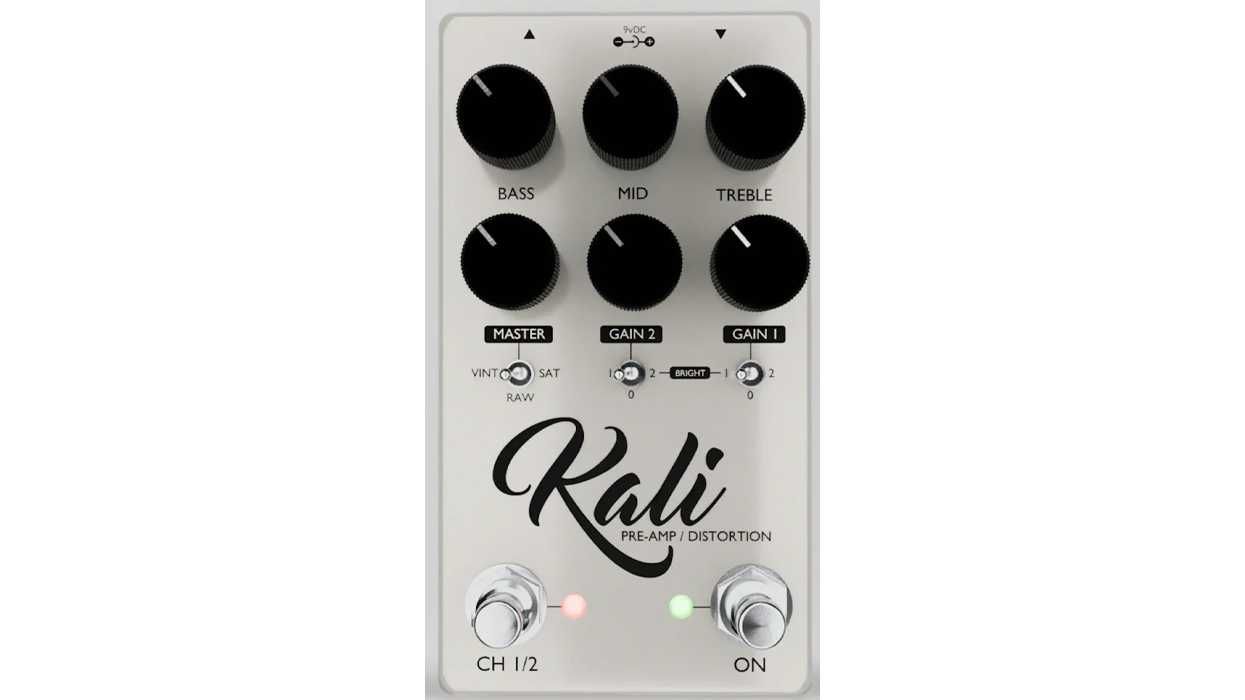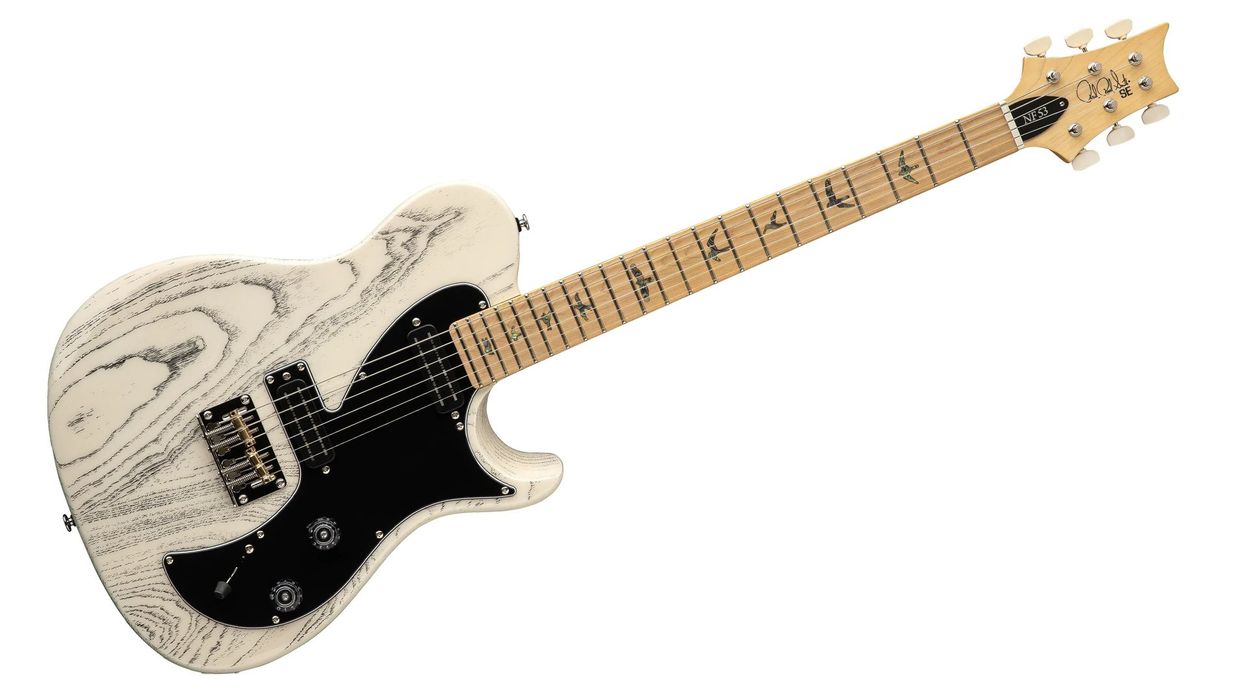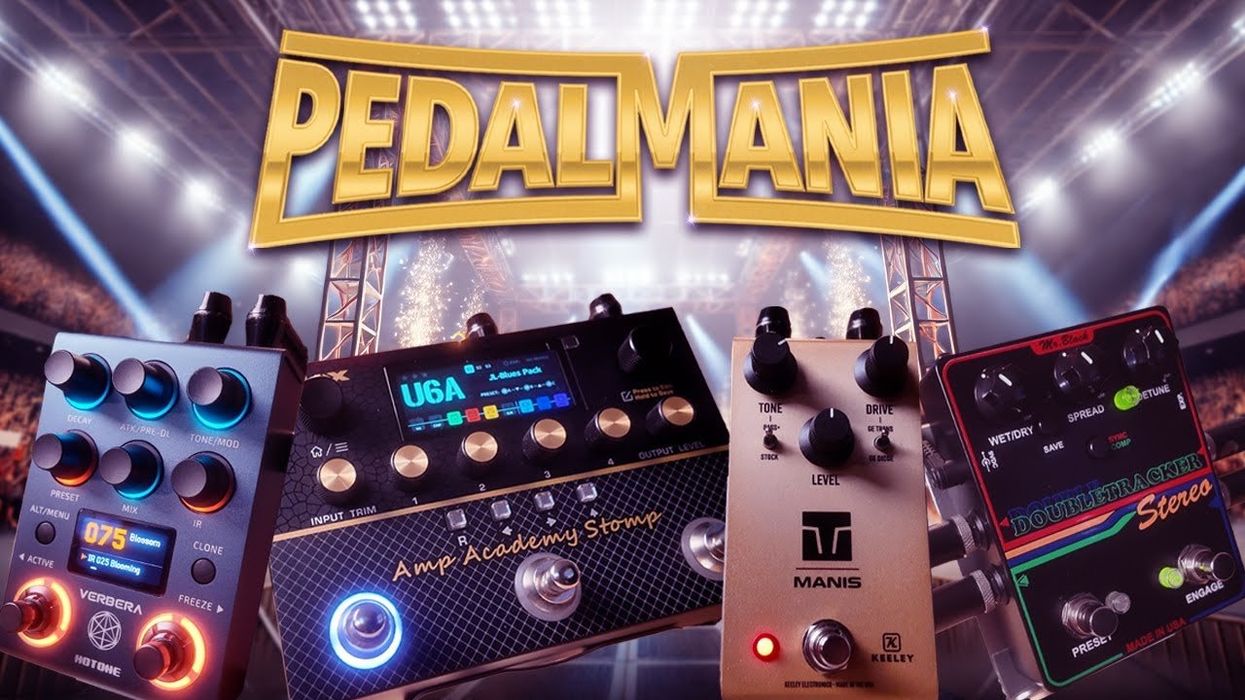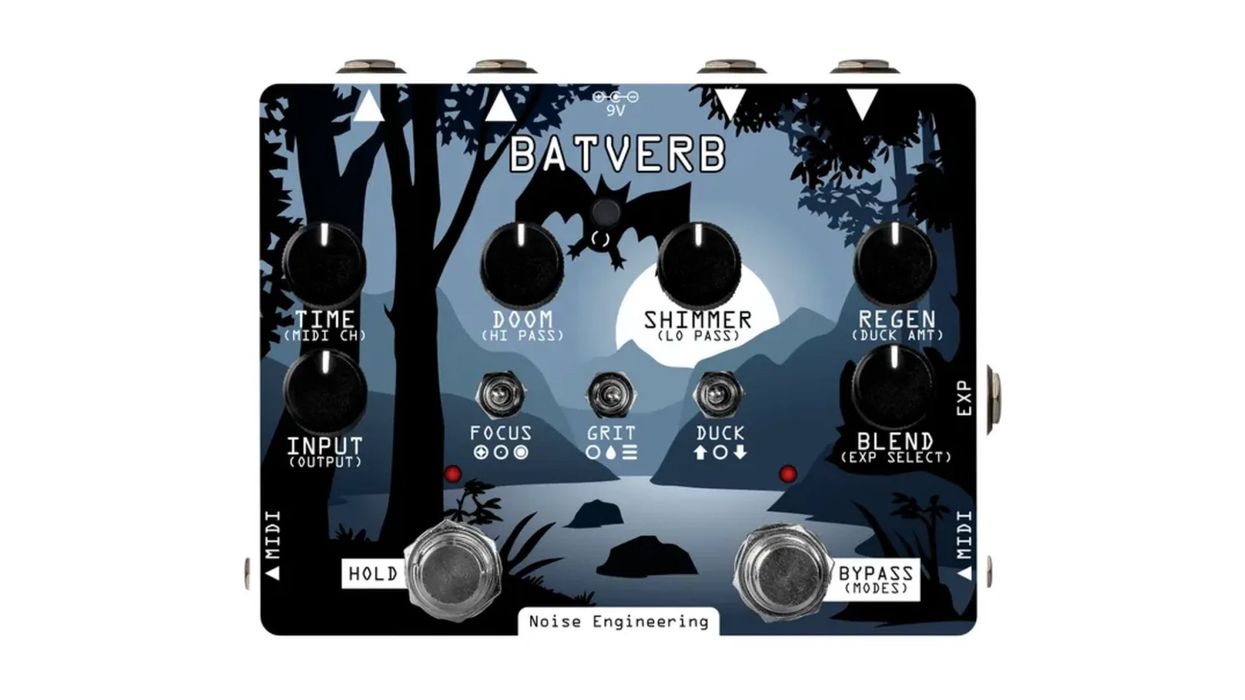Perhaps it’s just coincidence, but lately I’ve had a few chats where chums and acquaintances recalled Peavey amps with great fondness. Just a few months back, a friend I play with showed up to a show beaming with pride for having scored an old Studio series combo from the ’90s on the cheap, and I know a few bass players who are always on the hunt for ’80s Peavey bass heads.
But the most affectionate reflections always seem reserved for the tweed-covered amps from Peavey’s Classic series. In our First Look video for the Peavey Classic 20 reviewed here, my colleague John Bohlinger recalled using a pair every night for a television show on which he was musical director. And I’ve run into Classic 30s and Classic 50s in a number of backline situations that were always easy to work with and get solid sounds from, and didn’t render my guitar and pedals unrecognizable.
I don’t know if this nostalgia for old Peaveys is a widespread phenomenon. I have some pretty weird musician friends. But if a reappraisal of these workhorse amps has become a recent feature of the guitar zeitgeist, Peavey’s EL-84, 1x12 reboot of the Classic 20 is well timed.
A Bit of English Tweed
My guess is that a lot of Peavey Classic-series customers over the years assumed they were Peavey’s homage to a 1950s Fender Deluxe or Bassman. But despite the cosmetic similarities, Peavey’s Classic-series amps have more in common—at least in terms of tube complement—with English stalwarts like the Vox AC15 and Marshall 18-watt. In fact, the closest Fender equivalent might be the Blues Junior, which, like the Classic 20, AC15, and 18-watt Marshall 1974X, uses two EL84 power tubes and three 12AX7 preamp tubes. Of course, tubes are far from the only factor in shaping an amp’s tone signature, and sometimes the differences between Brit- and American-style amps aren’t as stark as you might imagine. I’ve certainly coaxed some pretty tweed-Deluxe-like tones from 2xEL84 amps.
The Classic 20 definitely possesses qualities of English- and California-bred amplifiers. In my time with the amp, I often heard a less throaty version of a Fender ’65 Deluxe Reverb (which was among the amps I used for comparison). But the Peavey also exhibits the less squishy, more immediate attack and extra midrange you’d hear from an AC15. For players unsure about taking the Vox or Fender path, the Classic 20 could be a middle ground worth exploring.
“For players unsure about taking the Vox or Fender path, the Classic 20 could be a middle ground worth exploring.”
Where the Peavey really differs from many more traditional famous and ubiquitous rivals is in the features tailored for performance, recording, and practice flexibility. Unlike a Deluxe Reverb or an AC15, the Peavey has a midrange control that goes a long way toward coaxing out more British or more American inflections, depending on how you scoop or boost it. It also has footswitchable rhythm and lead channels, the latter of which features a post-gain volume so you can more easily tailor the volume relationship between the two channels. An attenuator enables switching between 20 watts, 5 watts, and 1 watt. There’s an effects loop as well as XLR and USB outputs that work with an onboard speaker simulator for running straight to a PA or recording interface. There’s a pretty decent digital reverb, too.
Stepping into the Tweedlight Zone
In the cleaner rhythm channel, the Classic 20’s ability to span American and British personalities pays dividends and reveals some limitations. The Peavey’s midrange control adds breath and heat to PAF humbuckers that can be harder to coax from a black-panel-style amp lacking a midrange control. It also gives single-coil pickups a very sprightly, jangly feel. But the clean channel can also seem to lack dimension and complexity at times. You probably won’t notice it too much in the absence of an A/B test—and I definitely subjected the Classic 20 to some very unfair toe-to-toe comparisons with vintage and boutique amps. Even still, the clean channel can feel a little tight and less bejeweled with overtones than it could be.
The lead channel, too, comes with some compromises. It can be awesome for generating fiery solo tones that contrast sharply with the clean channel. But the shared EQ means that some of the liveliest, most dimensional clean channel EQ profiles can sound downright sizzly in lead mode. And while power-chord riffing can drip with sass, top-end content can sound a little crisp even at modest treble settings.
The Verdict
The Classic 20 does a lot for just less than 900 bucks. It’s powerful enough for gigging with a band, and its modest size, attenuator, and XLR and USB outputs and speaker simulator make it a practical solution for all kinds of recording, practice, and writing situations—even in small quarters. It would be interesting to see whether a switch from the Peavey’s Sheffield 1230 speaker included in the Classic 20 (which is loosely based on a Celestion V30) to another type would tilt the Classic 20’s characteristics more completely in an English or American direction. And indeed, some of what might be perceived as a relative lack of dimension and stiff top-end output could be down to the stiffness of a brand-new speaker. In general, though, the Classic 20 offers a lot of satisfying, growling, and sparkling tones, flexibility, and practicality for the price.
